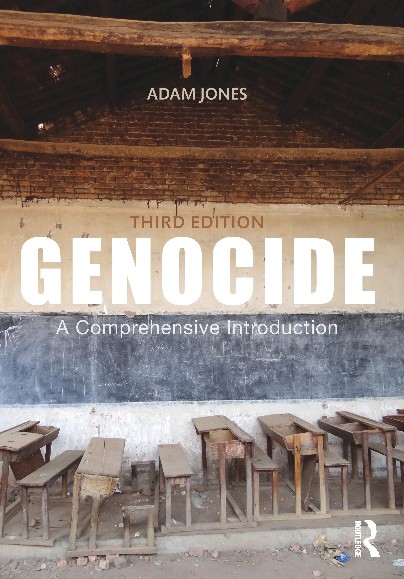 |
| "An image from Bayda, Syria, released by a group, the Syrian Revolution Against Bashar Assad." (Via Associated Press) |
By Anne Barnard and Hania Mourtgada
The New York Times, May 14, 2013
"After dragging 46 bodies from the streets near his hometown on the Syrian coast, Omar lost count. For four days, he said, he could not eat, remembering the burned body of a baby just a few months old; a fetus ripped from a woman's belly; a friend lying dead, his dog still standing guard. Omar survived what residents, antigovernment activists and human rights monitors are calling one of the darkest recent episodes in the Syrian war, a massacre in government-held Tartus Province that has inflamed sectarian divisions, revealed new depths of depravity and made the prospect of stitching the country back together appear increasingly difficult. That mass killing this month was one in a series of recent sectarian-tinged attacks that Syrians on both sides have seized on to demonize each other. Government and rebel fighters have filmed themselves committing atrocities for the world to see. Footage routinely shows pro-government fighters beating, killing and mutilating Sunni rebel detainees, forcing them to refer to President Bashar al-Assad as God. One rebel commander recently filmed himself cutting out an organ of a dead pro-government fighter, biting it and promising the same fate to Alawites, members of Mr. Assad's Shiite Muslim sect. That lurid violence has fueled pessimism about international efforts to end the fighting. As the United States and Russia work to organize peace talks next month between Mr. Assad and his opponents, the ever more extreme carnage makes reconciliation seem more remote. Nadim Houry, the director of Human Rights Watch in Beirut, said he sensed 'a complete disconnect between diplomacy and events on the ground.' 'The conflict is getting more visceral,' he said. Without concrete confidence-building measures, he said, and with more people 'seeing it as an existential struggle, it's hard to imagine what the negotiations would look like.'
The recent executions, reconstructed by speaking with residents and human rights monitors, unfolded over three days in two Sunni enclaves in the largely Alawite and Christian province, first in the village of Bayda and then in the Ras al-Nabeh district of the nearby city of Baniyas. Government troops and supporting militias went house to house, killing entire families and smashing men's heads with concrete blocks. Antigovernment activists provided lists of 322 victims they said had been identified. Videos showed at least a dozen dead children. Hundreds more people are reported missing. 'How can we reach a point of national forgiveness?' said Ahmad Abu al-Khair, a well-known blogger from Bayda. He said that the attacks had begun there, and that 800 of about 6,000 residents were missing. Multiple video images that residents said they had recorded in Bayda and Ras al-Nabeh -- of small children lying where they died, some embracing one another or their parents -- were so searing that even some government supporters rejected Syrian television's official version of events, that the army had 'crushed a number of terrorists.' One prominent pro-government writer, Bassam al-Qadi, took the unusual, risky step of publicly blaming loyalist gunmen for the killings and accusing the government of 'turning a blind eye to criminals and murderers in the name of 'defending the homeland.' [...]"














No comments:
Post a Comment
Please be constructive in your comments. - AJ